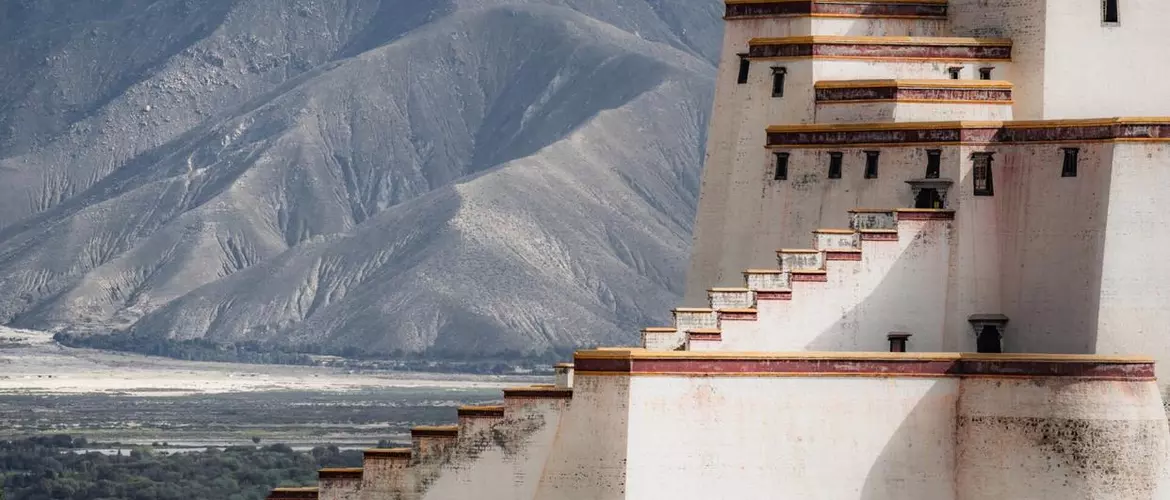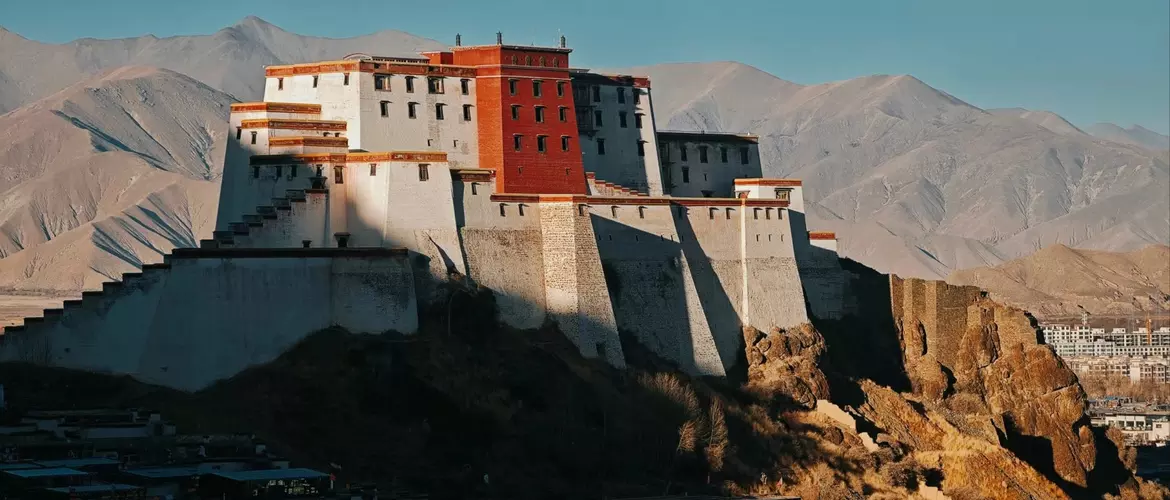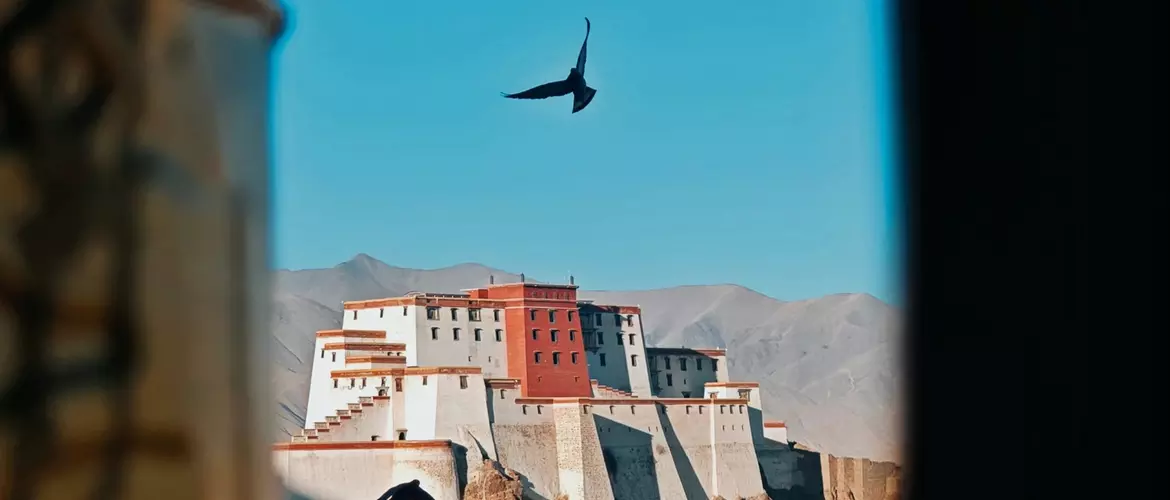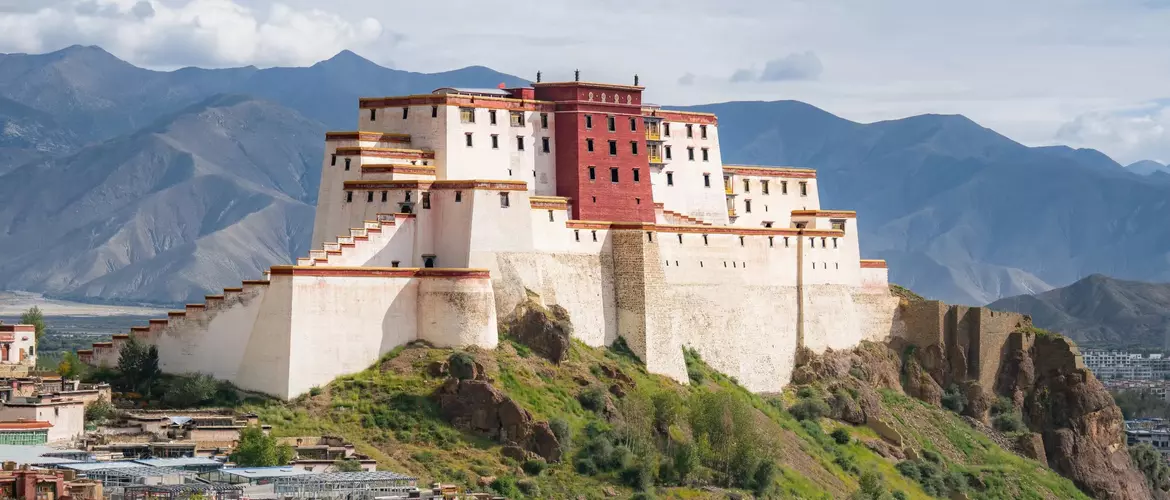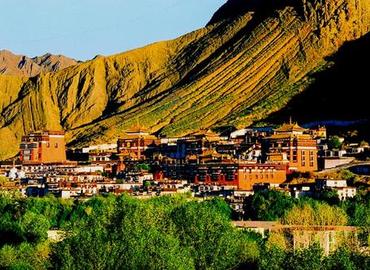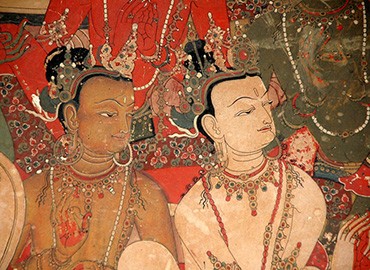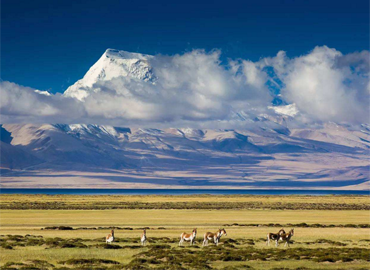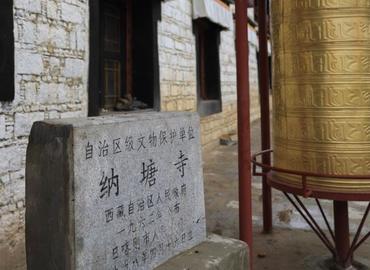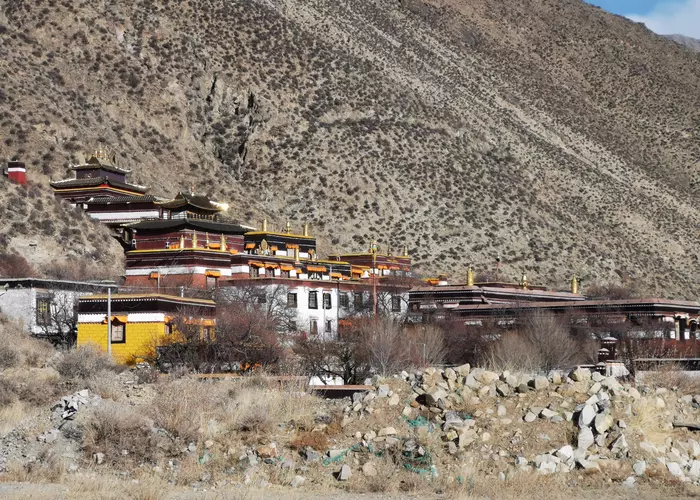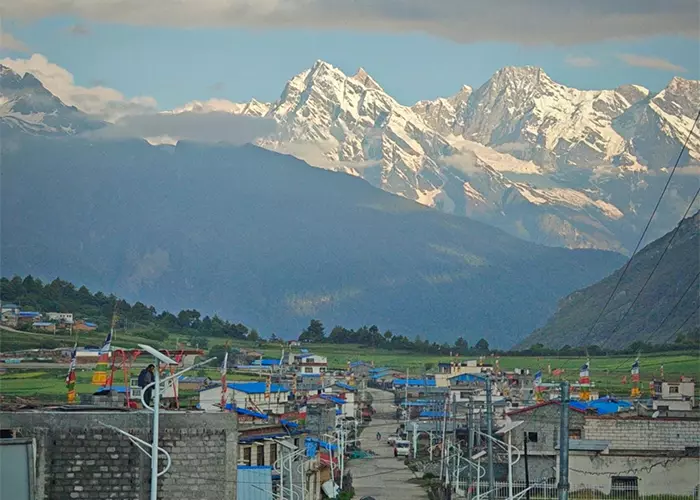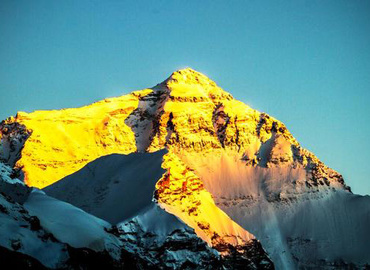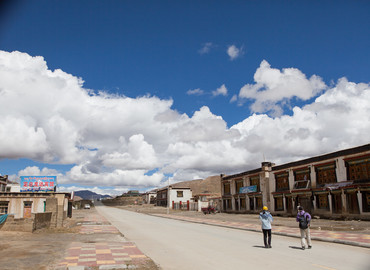Shigatse Dzong or Samdruptse Dzong (桑珠孜宗堡), located on the top of a mountain 3,860 meters above sea level in Samzhubzê District, is a landmark building in Shigatse. It is called the "Small Potala Palace" because its architecture resembles the Potala Palace in Lhasa. But in terms of chronological order, it is the stylistic prototype of the Potala Palace. Built in 1360, Shigatse Dzong was a complex of municipal government and temples at that time. After reconstruction, it was built as the Shigatse Museum. Perched on a hilltop overlooking the ancient and bustling city of Shigatse and the Tashilhunpo Monastery, this magnificent palatial building stands out in red and white against the backdrop of low dwellings.
In History
The history of Shigatse Dzong dates back over 600 years to the Yuan Dynasty. Changchub Gyaltsen controlled the entire Tibetan regime and divided the Tibetan areas into 13 administrative units, called "Zong". In each Zong, a palace was built that served as a combination of a temple and a government office. Shigatse Dzong, which governed the affairs of the Shigatse region, was the last one built in 1363. The lower two floors of the early Shigatse Dzong served as government offices, palace guards, judicial organs, prisons, and warehouses. The third floor is used for the worship of Buddha statues and religious items, and the collection of sutras such as Kangyur, Tenjur, etc. The walls were adorned with exquisite murals on all sides.
In 1642, the Mongol Güshi Khan's army, with the armed support of Gelugpa monks, captured the palace. The Gelugpa sect took control and shifted the political center of Tibet back to Lhasa. "Samdruptse Dzong" was renamed "Shigatse Dzong". That same year, the Fifth Dalai Lama was invited to reside in the uppermost level of Shigatse Dzong and deal with political affairs. A celebration was also held to mark the new regime taking power.
In 1791, when the Gurkhas(now Nepal) invaded Tibet and occupied Shigatse, the castle was looted. Later, a combined Tibetan and Chinese army drove the Gurkhas back to the outskirts of Kathmandu and demanded the return of the plundered items.
In 1968, Shigatse Dzong suffered significant damage and became a ruin during the Cultural Revolution.
From 2004 to 2007, with assistance from Shanghai, the Shigatse Dzong was restored to its original appearance. It followed the architectural style of the previous Shigatse Dzong and referenced the typical features of the "hilltop palace" architecture of the Potala Palace.
Shigatse Museum
Shigatse Dzong is 280 meters long and 92 meters high, with the main building consisting of 4 floors and over 300 rooms, covering an area of approximately 12,000 square meters. It is very similar to the Potala Palace in shape, with a central red palace and the white house on both sides. In Tibetan architecture, red symbolizes sacredness and power, making it common in religious and royal buildings. White, on the other hand, symbolizes peace and solemnity, and is usually used in government buildings.
The restored Shigatse Dzong has been converted into a museum, and renamed the "Shigatse Museum" in 2013. It integrates collection, exhibition, and research, thoroughly showing local natural, historical, and folk cultures. The museum has more than 4,000 collections, including over 60 precious cultural relics.
There are exhibition halls with various themes for visitors to visit. In the "Treasures of Tibet" exhibition hall, visitors can see a variety of locally unearthed relics, including Buddha statues, thangkas, sutras, porcelain, pottery, etc. Some of these relics are over 2,000 years old and are still well-preserved. In the "Colorful Shigatse", visitors can enjoy a variety of different styles of jewelry, clothing and daily necessities, showing the diverse culture and traditions of Shigatse.
In the "Distinctive Exhibits of the 18 County (Districts)" exhibition, each county or district has a separate hall to exhibit its history and cultural heritage, including local foods, beverages, handicrafts, and artworks. Visitors can learn about the history and culture of each county through these exhibits. In the Tingri County hall, visitors can see a sand table of Mount Everest, vividly depicting the spectacular scenery of the mountain with its snowy peaks. Finally, in the "Shigatse Stone Carving Art Gallery," you can see some fancy stone carvings. These stone carvings are bright and colorful, making it hard to imagine that they have existed for hundreds of years.
Conclusion
Shigatse Dzong is an outstanding example of Tibetan architecture and history. Its unique beauty and significance to the region have attracted tourists from around the world, who come to explore and delve into its past. If you plan to go to EBC and pass through Shigatse, you might as well visit Shigatse Dzong to admire the magnificence and stunning views of the small Potala Palace.
Email response within 0.5~24 hours.


